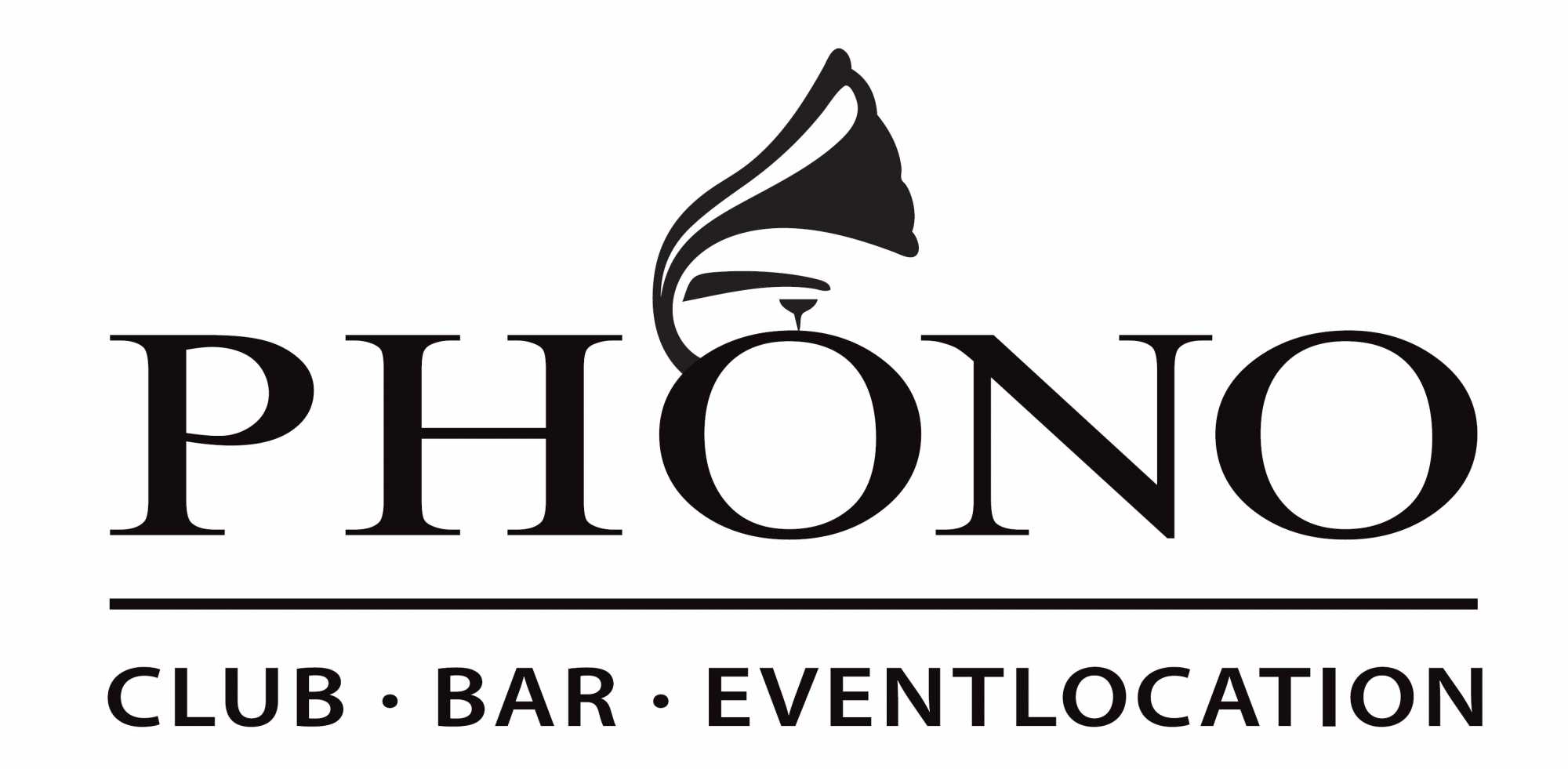- 1 | Francesco Costa
- 2 | Omar Clarini D'Angelo
- 3 | Mattia Specogna
- 4 | Alessandro Rigo
- 5 | Manuel Lizzi
- 6 | Simone Lizzi
- 7 | Antonio Cucchiaro
- 8 | Luca Vettoretto
- 9 | Enrico Ruffo
- 10 | Matteo Almberger
- 11 | Mattia Solari
- 12 | Davide Fiorenzo
- 13 | Andrea Osso-Armellino
- 14 | Luca Lascala
- 15 | Carlo Alessio
- 16 | Nicola Tonizzo
- 17 | Davide Tosolini
- 18 | Luca Trevisan
- 19 | Mattia Alessio
- 20 | Mattia Durat
- 24 | Gabriele Violino
- 25 | Alessandro Galasso
- 26 | Campana Leonardo
- 24 | Nagostinis Morris
The Friûl at the EUROPEADA
The Friulian selection was formed just for the participation in the 2024 Europeada. The team played their first matches in September 2023.
The Friulian in Italy
Friulian, a rich mixture of cultural heritage and linguistic diversity, captures the essence of a region steeped in history and tradition. The history of the Friuli region and its people dates back to the 6th century and is located in north-eastern Italy between Friuli-Venezia Giulia and Veneto, close to the Slovenian border. Today the Friulian language, spoken by some 600,000 people in Gorizia, Pordenone and Udine, is a living testimony to the enduring heritage of its people. This Rhaeto-Romance language, with its various dialects, reflects the complex historical narratives and cultural exchanges of the area. Originating from the ancient Roman city of Forum Julii, the Friulian language has survived centuries of changing rulers - from Lombard dukes to Habsburg emperors, and the influences of the Serenissima Republic of Venice to Italian annexation. Despite the challenges posed by Italian domination and historical events that sought to dilute its presence, Friulian has persisted as a vital component of local identity. Efforts to preserve and promote the language are evident in the educational system, public administration and the media, underlining the community's commitment to safeguarding its linguistic heritage..


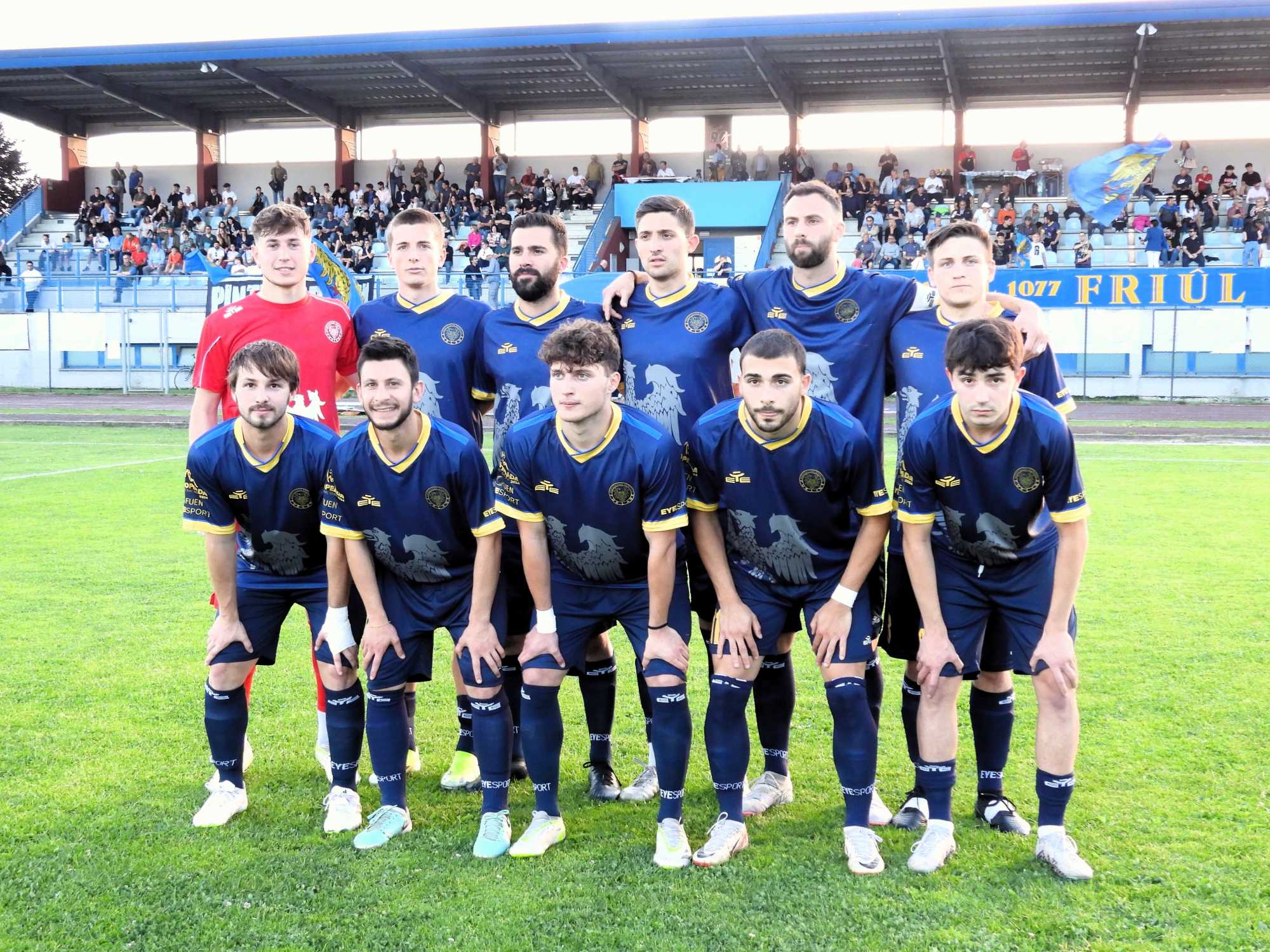



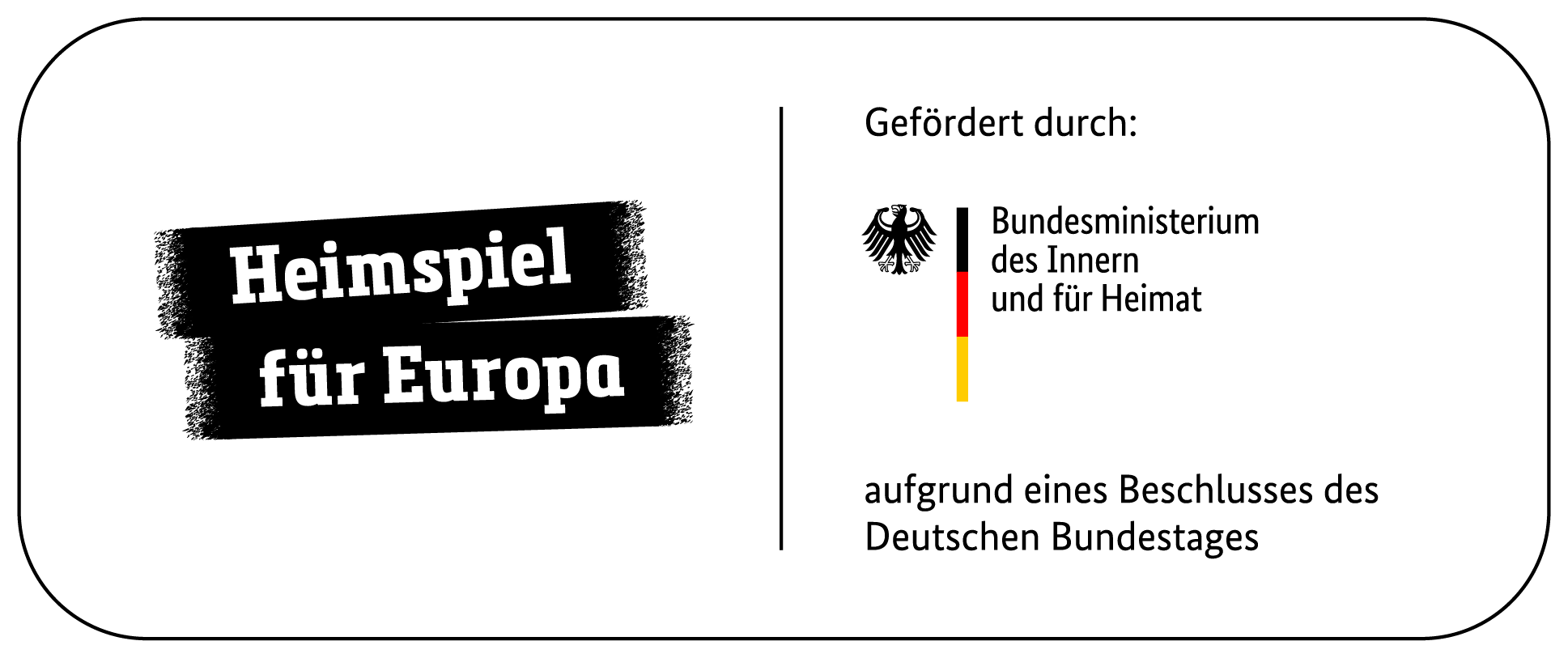
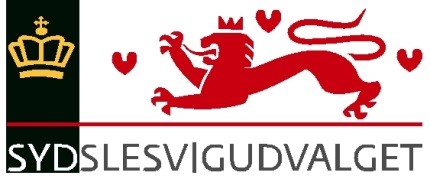



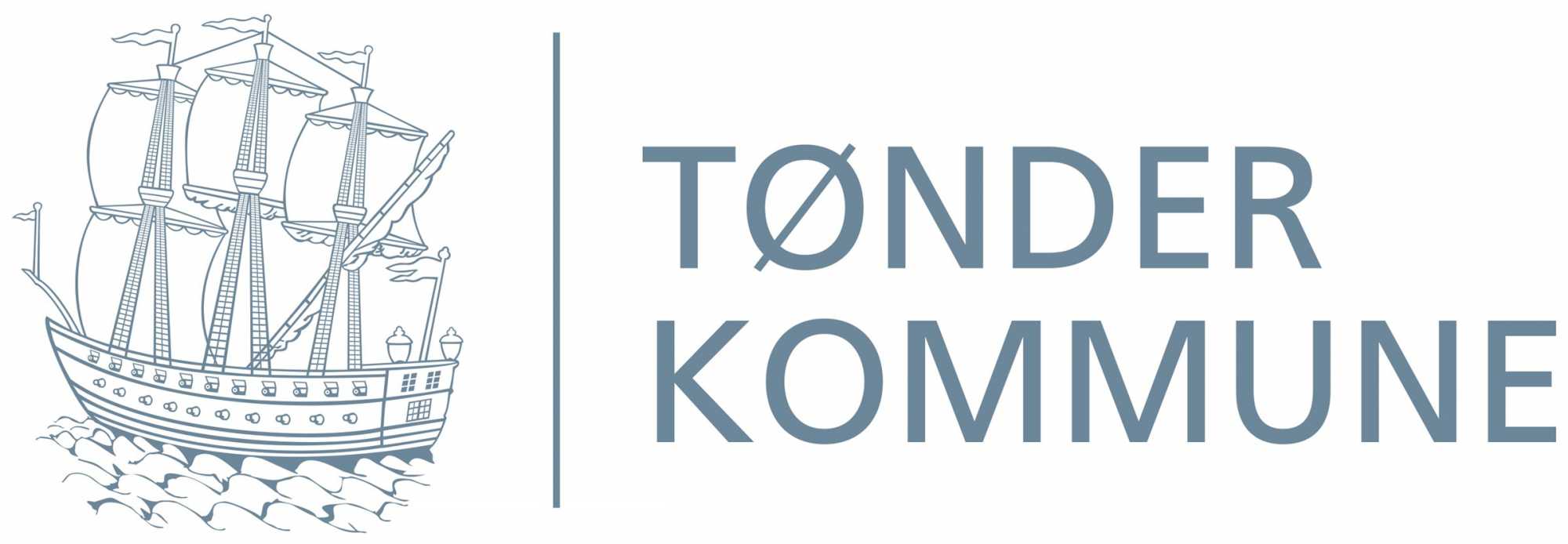
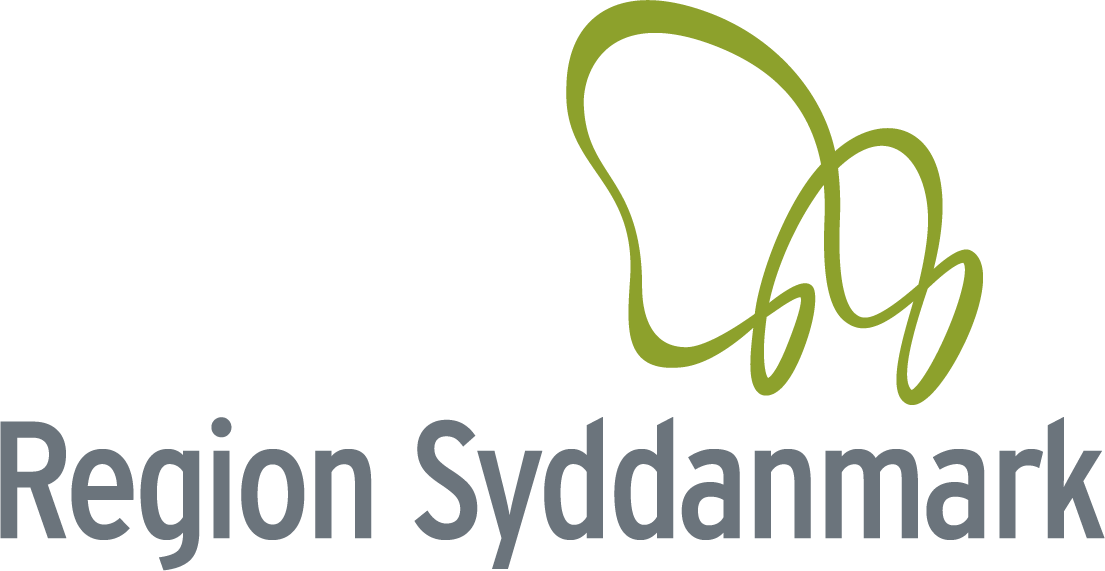
.png)




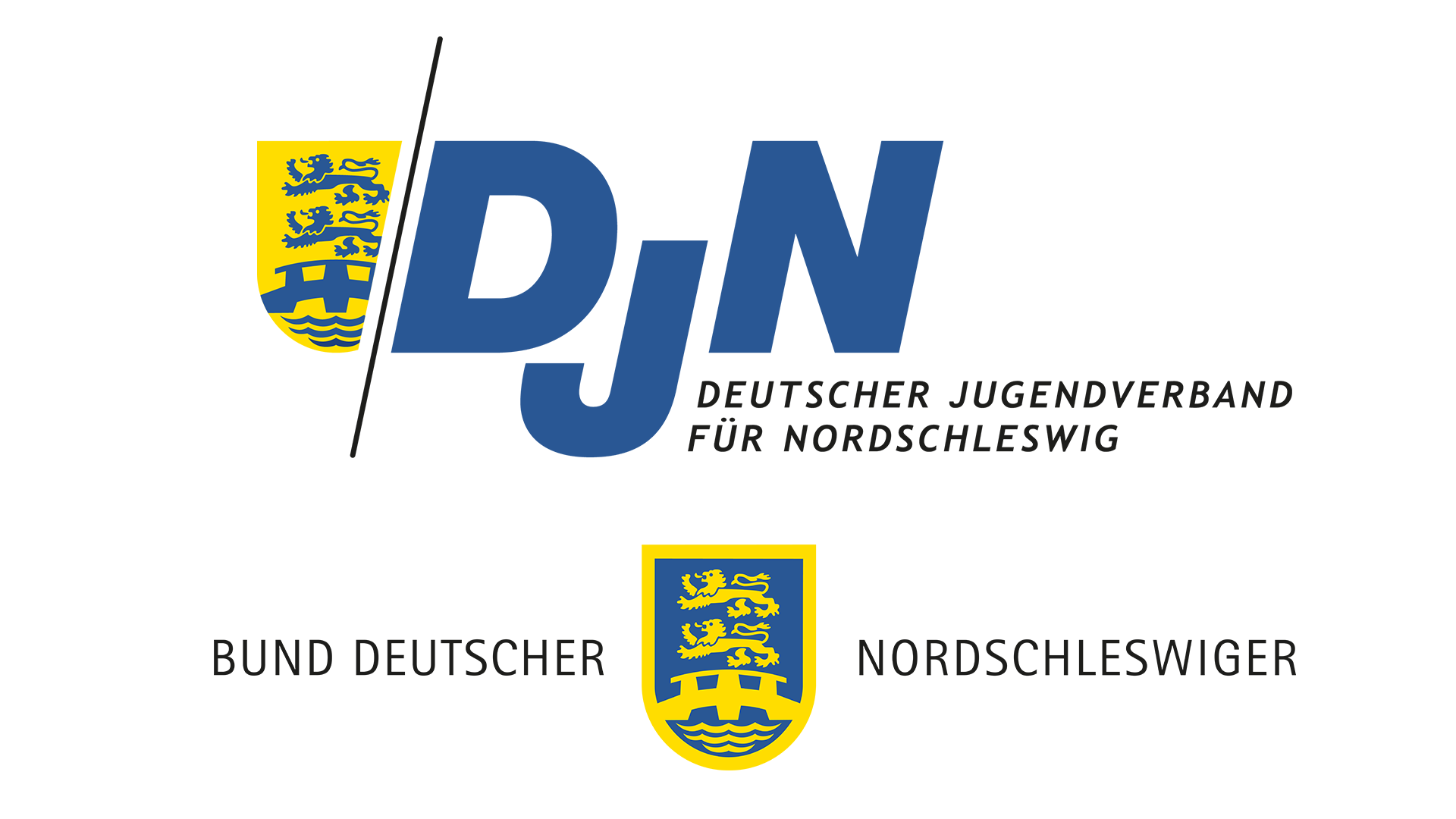
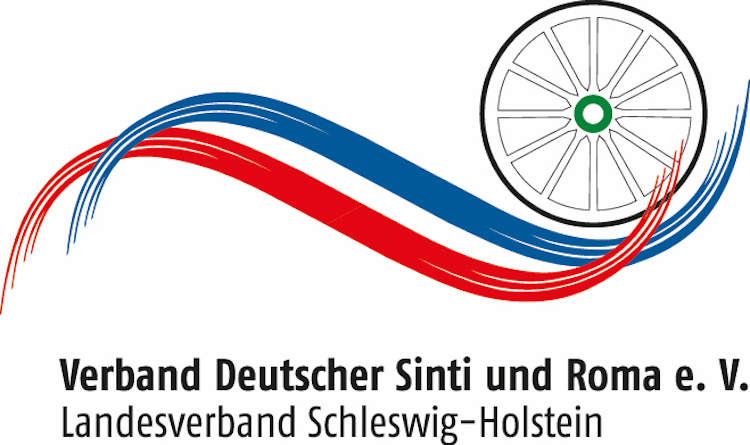

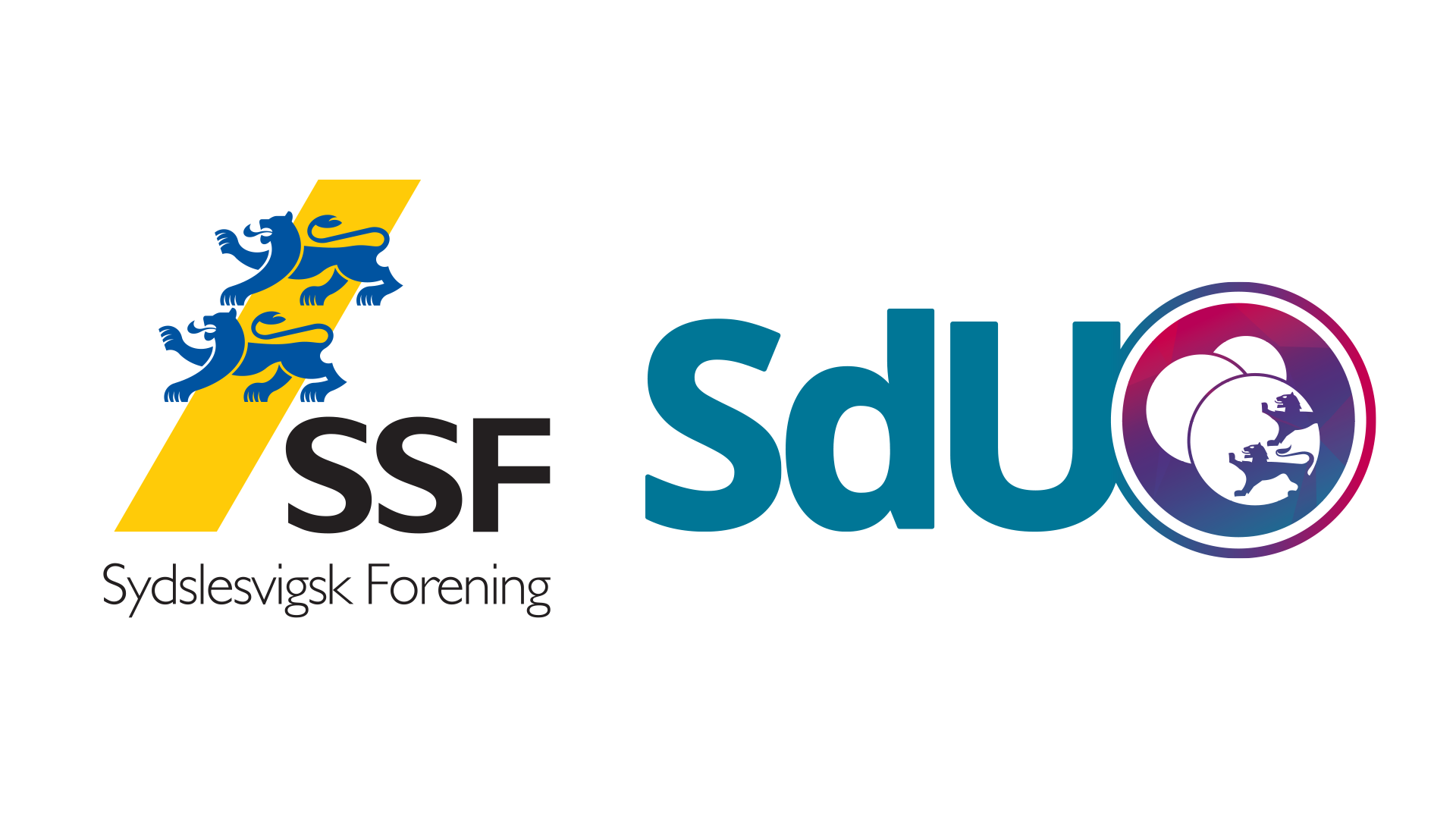









-1.png)
_(1).png)

